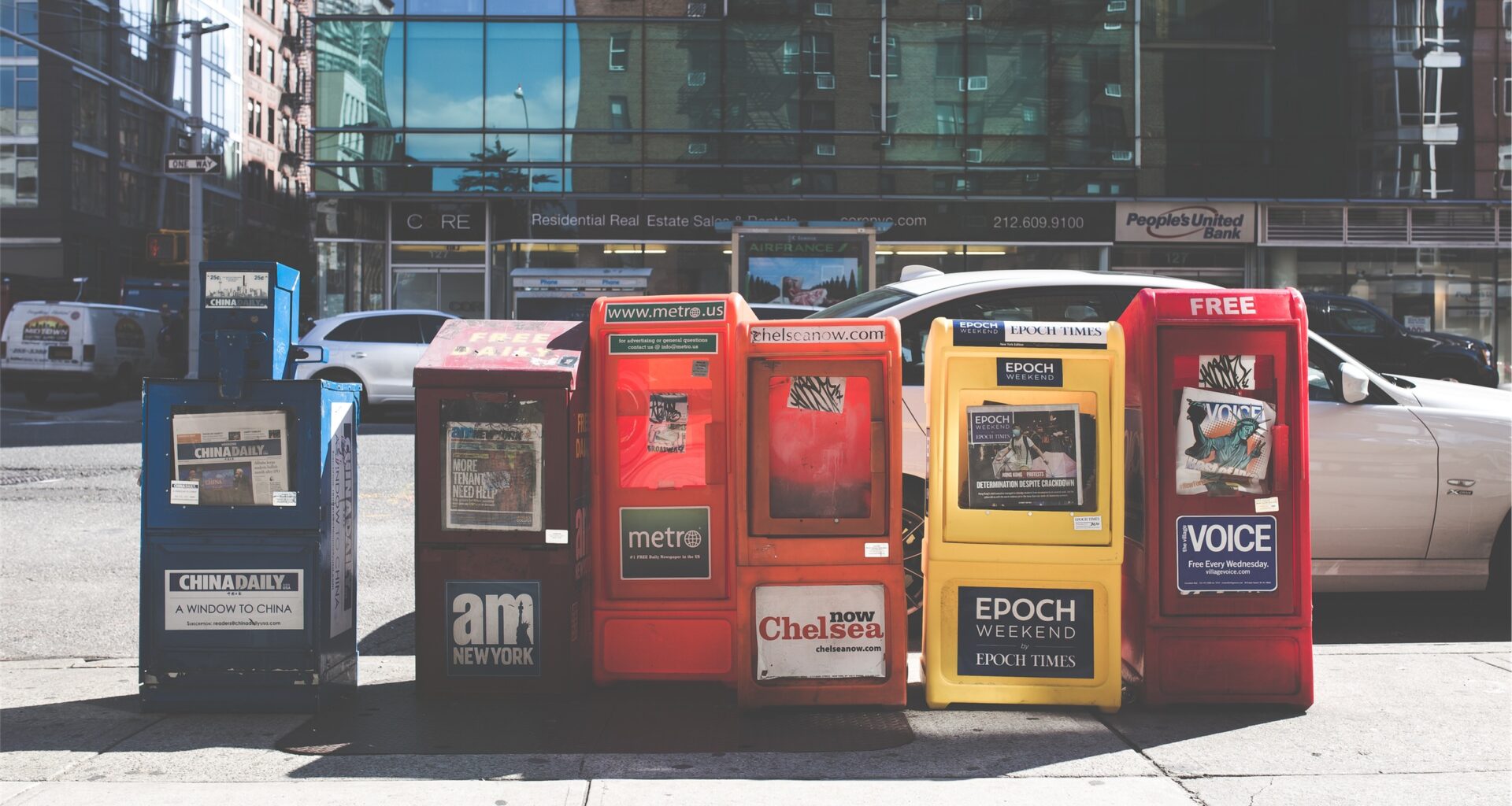Facebook Instant Articles. Apple News powered by iAds. These are the ways that tech companies are telling us that the web is not good enough for text and images anymore, and that full native is still the holy grail for user experience and thus user engagement.
The poor web user experience is usually attributed to the relative slowness of the web, of the need to download the HTML, CSS and JS needed to render the page. The bigger factor, however, is the number of banner – and nowadays, modal – ads that load with a page, the culmination of two decades’ worth of monetization tactics for content that remains free to the end user. Apps download their executables from the app store beforehand, and native ads are built for mobile devices.
Except, of course, that mobile ads are often terrible, similar to if not worse than web ads in how badly they intrude on the user experience. The same banner and modal ads show up in apps, except that any (accidental) click sends the user off to either a URL loaded in a browser, or the App/Play store, or a URL that loads into the store. Not only does the phone have to switch across apps, the new apps are often themselves slow to start up. Worse, apps can and do practice UI dark patterns to get users to click on these ads, with interstitial ads being the worst offender.
But even these developments are irrelevant to the content publishers that Facebook and Apple are targeting with their new apps. Whereas games have the full breadth of monetization available – of which ads are one of many options – writers and bloggers and journalists don’t have much of a choice anyway, with much slimmer margins to boot. Ceding control to the app developer is great for user experience in the short term, but destroys brands and businesses in the long term.
Since mobile and mobile engagement isn’t going away, there’ll be this tension between enriching the user experience and creating content sustainably. I see a few things happening in the long haul:
- The online content publisher will continue to shrink and die slowly. Publishers have had to already cut costs and reduce staff, and without any other viable monetization strategies on the horizon, it’s looking increasingly likely that the business model has been made obsolete.
- Some bigger outlets will subsidize free content as a part of their overall ecosystem. There is value in brand awareness, but online writing will have to be one of many channels and will almost definitely lose money.
- Mobile user experience will degrade over time. The same way that web ads evolved in their intrusiveness, mobile ads will follow the same path just to retain its overall effectiveness. What makes this worse on mobile is the limited network bandwidth and limited screen real estate.
- There’ll be bigger app content networks and more standardized content. If the app is the gateway to an audience and people like me cannot realistically build an app or get installs, the only real way to increase reach is to turn to someone else’s app. Of course, there are already blogging networks that trade content for reach (e.g., Medium), but app-ification of content tips the scales even further.
Like them or not, online ads have been the driver of content on the internet for over two decades now, and have been the main reason why the vast majority of sites have remained free1. I’m as irritated as anyone on poor user experiences, but I’m not that the outright loss of content is the correct tradeoff.
If there was any hope of getting users to pay for content with the coming of mobile, it was quickly dashed with the dominance of the free-to-play model of gaming.↩




